Home>Technology>Security & Surveillance>How To Remove Door Lock Without Key
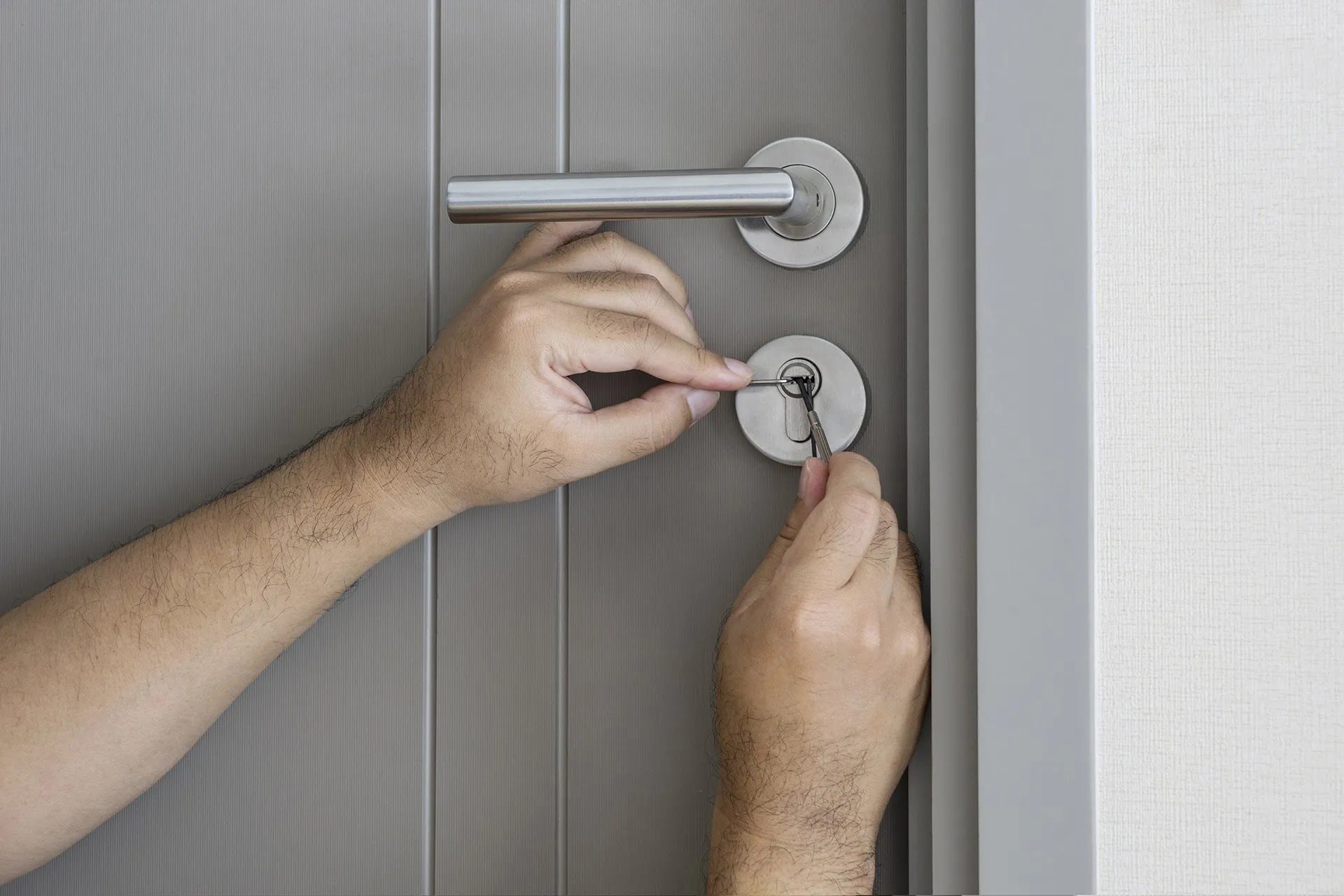

Security & Surveillance
How To Remove Door Lock Without Key
Modified: August 24, 2024
Learn how to remove a door lock without a key to ensure the security of your property. Get expert tips on maintaining surveillance and protecting your home.
(Many of the links in this article redirect to a specific reviewed product. Your purchase of these products through affiliate links helps to generate commission for Storables.com, at no extra cost. Learn more)
Introduction
Have you ever found yourself in a situation where you're locked out of your home with no key in sight? It's a frustrating predicament that can leave you feeling helpless and stranded. Whether you've misplaced your keys or accidentally locked yourself out, knowing how to remove a door lock without a key can be a valuable skill to have in your arsenal.
In this guide, we'll explore several methods for bypassing a locked door without the use of a key. From utilizing everyday items like a credit card or paperclip to employing more traditional tools such as a screwdriver, we'll walk you through the step-by-step process of regaining access to your property. Additionally, we'll discuss the option of enlisting the help of a professional locksmith to assist in resolving the issue.
By familiarizing yourself with these techniques, you'll be better equipped to handle unexpected lockouts and gain entry to your home or office in a pinch. So, let's delve into the various methods for removing a door lock without a key and empower you with the knowledge to tackle this common dilemma head-on.
Key Takeaways:
- In an emergency, you can use a credit card or paperclip to open a locked door without a key. However, it’s important to use these methods responsibly and consider seeking professional help if needed.
- When DIY methods fail, calling a locksmith is a reliable and secure solution for regaining access to a locked door. Locksmiths have the expertise and tools to handle various lock-related issues.
Read more: How To Remove Door Lock Cylinder Without Key
Method 1: Using a Credit Card
One of the most common and widely known methods for bypassing a locked door without a key involves using a credit card. While this technique may seem like something out of a movie, it can be surprisingly effective in certain situations.
Here’s a step-by-step guide on how to use a credit card to open a locked door:
- Choose the Right Door: Before attempting to use a credit card to open a locked door, it’s important to assess the type of lock in place. This method typically works best on spring bolt locks as opposed to deadbolts. Spring bolt locks are generally found on interior doors and are easier to manipulate using this technique.
- Insert and Wiggle: Begin by sliding the edge of the credit card between the door frame and the locking mechanism. Angle the card towards the latch and apply slight pressure. While maintaining pressure, wiggle and bend the card to coax the latch back into the door. This may require some trial and error to find the right angle and amount of pressure needed.
- Apply Pressure: Once the card is positioned between the latch and the door frame, use your body weight to push against the door while simultaneously bending the card. This action can help disengage the latch and release the door, granting you entry without a key.
It’s important to note that this method may not work on all types of locks, particularly those with tight-fitting latches or additional security features. Additionally, using a credit card to open a locked door should only be done in emergency situations and with the understanding that it may damage the card or the door frame.
If you find yourself frequently relying on this method to access locked doors, it may be beneficial to consider alternative solutions, such as keeping a spare key in a secure location or investing in more reliable locking mechanisms. However, in a pinch, the credit card trick can serve as a makeshift key replacement, providing a temporary solution to an inconvenient problem.
Method 2: Using a Paperclip or Bobby Pin
When faced with a locked door and no key in sight, a paperclip or bobby pin can serve as a versatile tool for gaining entry. While this method requires a bit of dexterity and patience, it can be an effective way to unlock certain types of doors without the need for a key.
Here’s a step-by-step guide on how to use a paperclip or bobby pin to open a locked door:
- Create a Tension Wrench: Straighten out one end of the paperclip or bobby pin to form a small L-shaped tool. This will serve as the tension wrench, which is essential for manipulating the lock mechanism.
- Fashion a Lock Pick: Bend the remaining portion of the paperclip or bobby pin to create a narrow, hook-shaped tool. This will function as the lock pick, allowing you to manipulate the pins inside the lock cylinder.
- Insert and Manipulate: Insert the tension wrench into the lower part of the keyhole, applying slight pressure in the direction you would turn a key to unlock the door. Next, carefully insert the lock pick above the tension wrench and gently probe the pins inside the lock, attempting to lift them to the shear line.
- Feel for Movement: As you manipulate the pins with the lock pick, pay attention to any subtle movement or give in the lock cylinder. With the right amount of pressure and precision, you may be able to successfully mimic the action of a key turning in the lock.
- Rotate and Open: Once you’ve successfully maneuvered the pins and created the necessary tension with the wrench, apply gentle rotational pressure to the wrench in the direction of the door’s unlocking motion. If all goes well, the lock should release, allowing you to gain access without a traditional key.
It’s important to approach this method with caution and respect for the property you’re attempting to unlock. While using a paperclip or bobby pin to open a locked door may seem straightforward, it requires a delicate touch and a keen understanding of how locks function. Additionally, this technique is best suited for simple pin tumbler locks and may not be effective on more complex or high-security locks.
As with any non-traditional methods of entry, it’s crucial to use this approach responsibly and only in situations where you have legal access to the property in question. If you encounter difficulties or feel uncertain about attempting this method, it’s advisable to seek professional assistance from a locksmith or property manager.
You can try using a credit card or a thin piece of metal to slide between the door and the frame to push the latch back and open the door. Be careful not to damage the door or the frame.
Method 3: Using a Screwdriver
When faced with a locked door and no key in sight, a screwdriver can serve as an unconventional yet effective tool for gaining entry. This method involves manipulating the lock mechanism directly, bypassing the need for a traditional key.
Here’s a step-by-step guide on how to use a screwdriver to open a locked door:
- Assess the Lock Type: Before attempting to use a screwdriver to open a locked door, it’s important to determine the type of lock in place. This method is most suitable for spring bolt locks, which are commonly found on interior doors and are typically easier to manipulate using this technique.
- Locate the Latch: Inspect the edge of the door to locate the position of the latch. In some cases, the latch may be visible, while in others, it may be concealed within the door frame. Understanding the location of the latch will help you determine the best approach for bypassing it using the screwdriver.
- Insert and Maneuver: Insert the tip of the screwdriver between the door frame and the edge of the door, aiming to reach the area where the latch is located. Apply steady pressure to the screwdriver, angling it towards the latch mechanism.
- Coax the Latch: With the screwdriver in place, use a combination of gentle prying and twisting motions to coax the latch back into the door. This may require some trial and error to find the right angle and amount of pressure needed to disengage the latch.
- Release the Door: As you manipulate the latch with the screwdriver, continue applying pressure in the direction that will retract the latch back into the door. With the right technique and a bit of patience, the latch should release, allowing you to open the door without a key.
It’s important to approach this method with caution and a respect for the property you’re attempting to unlock. Using a screwdriver to open a locked door should only be done in emergency situations and with the understanding that it may cause damage to the door frame or the locking mechanism.
While this technique can be effective in certain scenarios, it’s crucial to consider the potential consequences of using non-traditional methods of entry. If you’re unable to successfully unlock the door using a screwdriver or encounter resistance, it’s advisable to seek professional assistance from a locksmith or property manager to avoid causing damage or compromising the security of the door.
Method 4: Calling a Locksmith
When all else fails and you find yourself unable to remove a door lock without a key using DIY methods, enlisting the services of a professional locksmith can provide a reliable and secure solution. Locksmiths are trained and equipped to handle a wide range of lock-related issues, offering expertise and specialized tools to assist in gaining entry to locked doors.
Here’s what you can expect when calling a locksmith to address a locked door situation:
- Expert Assessment: Upon contacting a locksmith, they will conduct an initial assessment of the lock and the specific circumstances surrounding the lockout. This may involve inquiring about the type of lock in place, the reason for the lockout, and any relevant details that can help them prepare for the service call.
- Professional Tools and Techniques: Locksmiths are equipped with a variety of specialized tools and techniques designed to address different types of locks and security systems. Whether it’s a traditional pin tumbler lock, a deadbolt, or a more advanced electronic lock, locksmiths have the expertise to navigate the complexities of each system.
- Non-Destructive Entry: One of the key advantages of engaging a locksmith is their ability to employ non-destructive entry methods whenever possible. This means they will strive to unlock the door without causing damage to the lock or the surrounding door frame, preserving the integrity of the entryway while resolving the lockout issue.
- Professional Integrity and Trustworthiness: Reputable locksmiths adhere to ethical standards and prioritize customer security and satisfaction. When you engage a locksmith to address a lockout situation, you can trust that they will handle the matter with professionalism, discretion, and a commitment to upholding the security of your property.
- Additional Services and Recommendations: In addition to resolving the immediate lockout, locksmiths can offer valuable insights and recommendations for enhancing the security of your property. Whether it’s upgrading to more secure locks, implementing access control systems, or addressing any vulnerabilities in your current setup, locksmiths can provide comprehensive solutions to safeguard your home or business.
When facing a lockout scenario where DIY methods have proven unsuccessful or impractical, reaching out to a qualified locksmith is often the most reliable and prudent course of action. By leveraging their expertise and resources, you can swiftly regain access to your property while ensuring that the integrity of your locks and security measures remains intact.
Remember to research local locksmith services, verify their credentials, and keep their contact information handy in case of emergencies. Establishing a relationship with a trusted locksmith can provide peace of mind and a reliable resource for addressing lock-related challenges in the future.
Read more: How To Lock My Door Without A Key
Conclusion
Encountering a locked door without a key can be a frustrating and inconvenient experience, but armed with the knowledge of various methods for removing door locks without keys, you can navigate such situations with confidence and resourcefulness.
From utilizing everyday items like a credit card or paperclip to employing unconventional tools such as a screwdriver, the methods outlined in this guide offer practical solutions for gaining entry to locked doors in emergency scenarios. Each approach presents its own considerations and potential limitations, but when used responsibly and within legal boundaries, they can serve as effective temporary measures for regaining access to your property.
It’s important to approach these methods with caution and a respect for the property in question, recognizing that attempting to remove a door lock without a key may result in damage or unintended consequences. As such, these techniques should be viewed as last-resort options, to be employed only when traditional means of entry are unavailable or impractical.
Furthermore, considering the option of calling a professional locksmith provides a reliable and secure avenue for addressing lockout situations. Locksmiths bring expertise, specialized tools, and a commitment to non-destructive entry, offering a trustworthy solution to regaining access to locked doors while upholding the integrity of the locking mechanism and entryway.
By familiarizing yourself with these methods and understanding the role of locksmith services, you can approach lockout scenarios with a clear plan of action and the assurance that viable solutions are within reach. Whether it’s using a credit card or paperclip in a pinch or engaging a locksmith for professional assistance, the ability to navigate lock-related challenges empowers you to address unexpected obstacles with resilience and ingenuity.
Ultimately, by blending practical knowledge with a mindful approach to security, you can navigate the complexities of lockouts and access dilemmas, ensuring that you’re prepared to handle such situations effectively and responsibly.
Now that you've got the hang of removing a door lock without a key, why not broaden your DIY skills with some home repair essentials? Tackling repairs around your home not only saves money but also empowers you with valuable skills. From fixing a leaky faucet to patching up drywall, our guide on home repair equips you with practical advice and simple steps to handle common household issues confidently. Don't miss out on becoming your own handyman.
Frequently Asked Questions about How To Remove Door Lock Without Key
Was this page helpful?
At Storables.com, we guarantee accurate and reliable information. Our content, validated by Expert Board Contributors, is crafted following stringent Editorial Policies. We're committed to providing you with well-researched, expert-backed insights for all your informational needs.

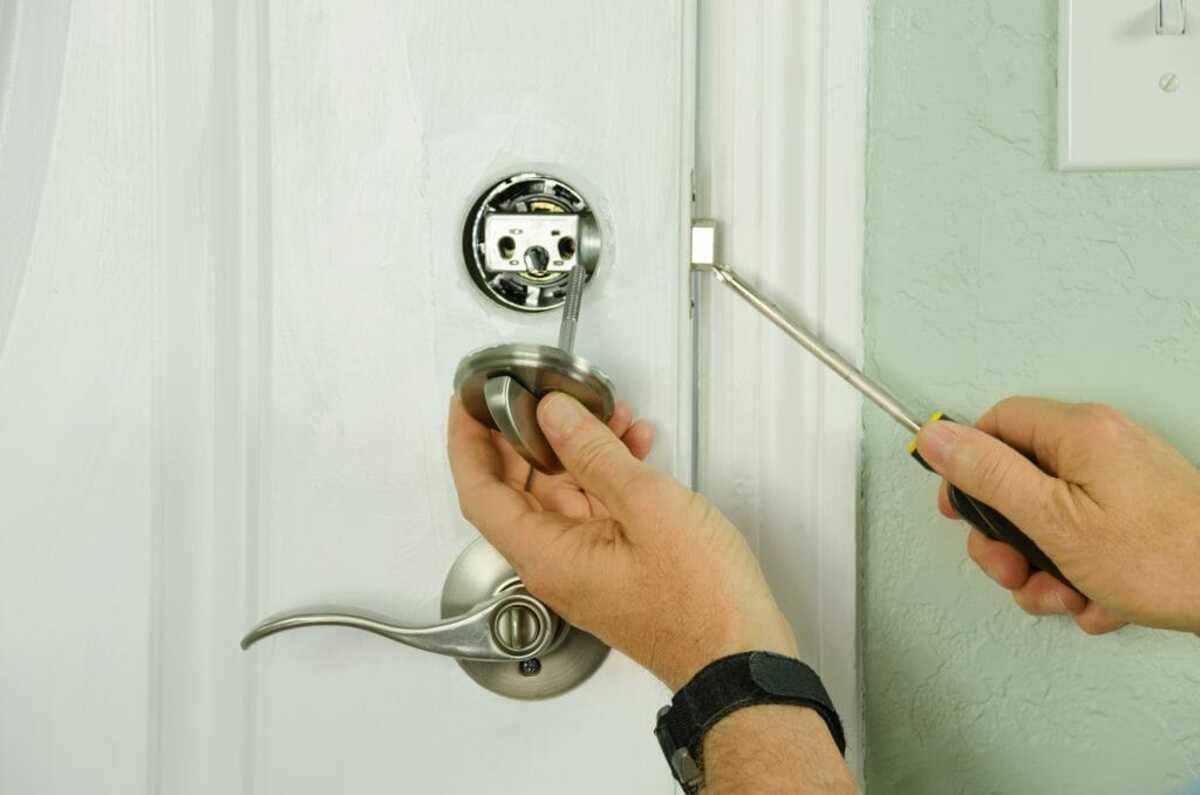
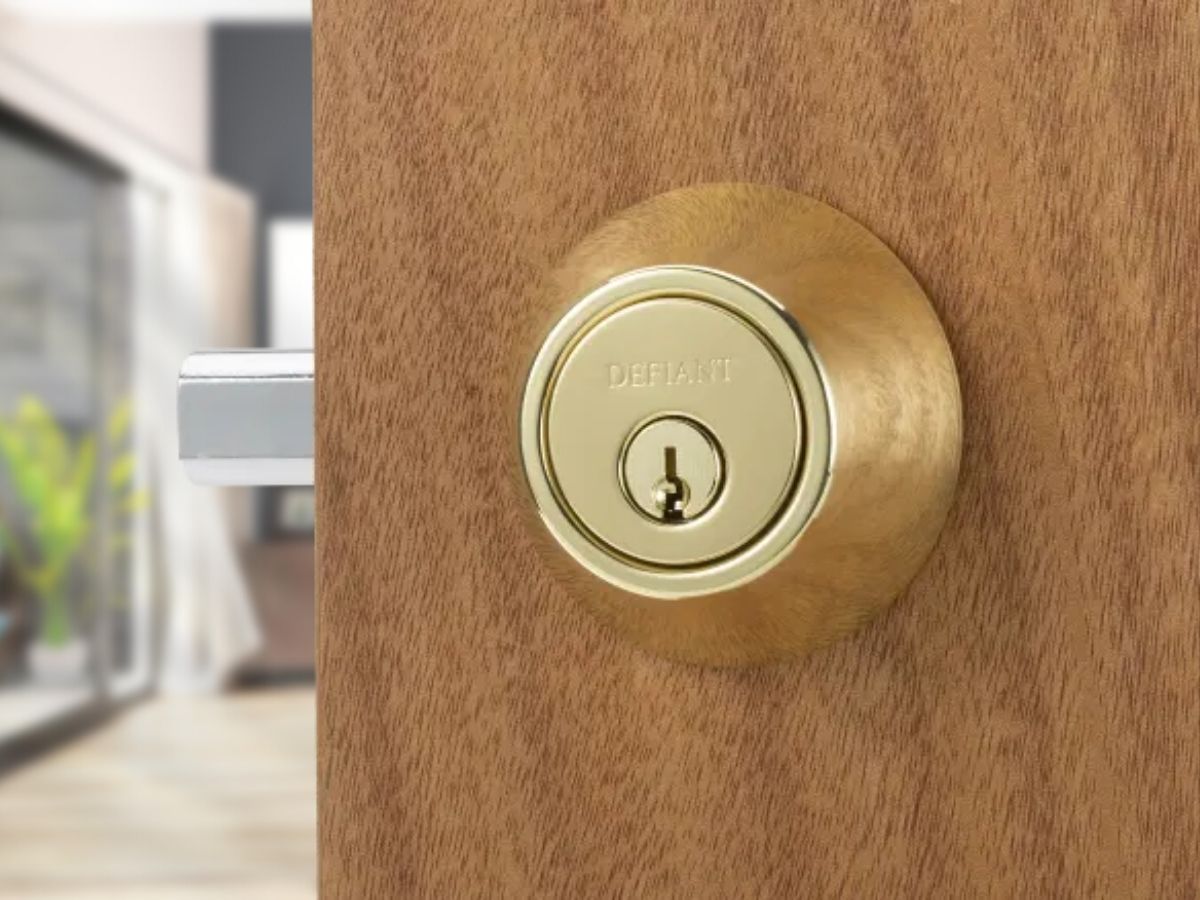
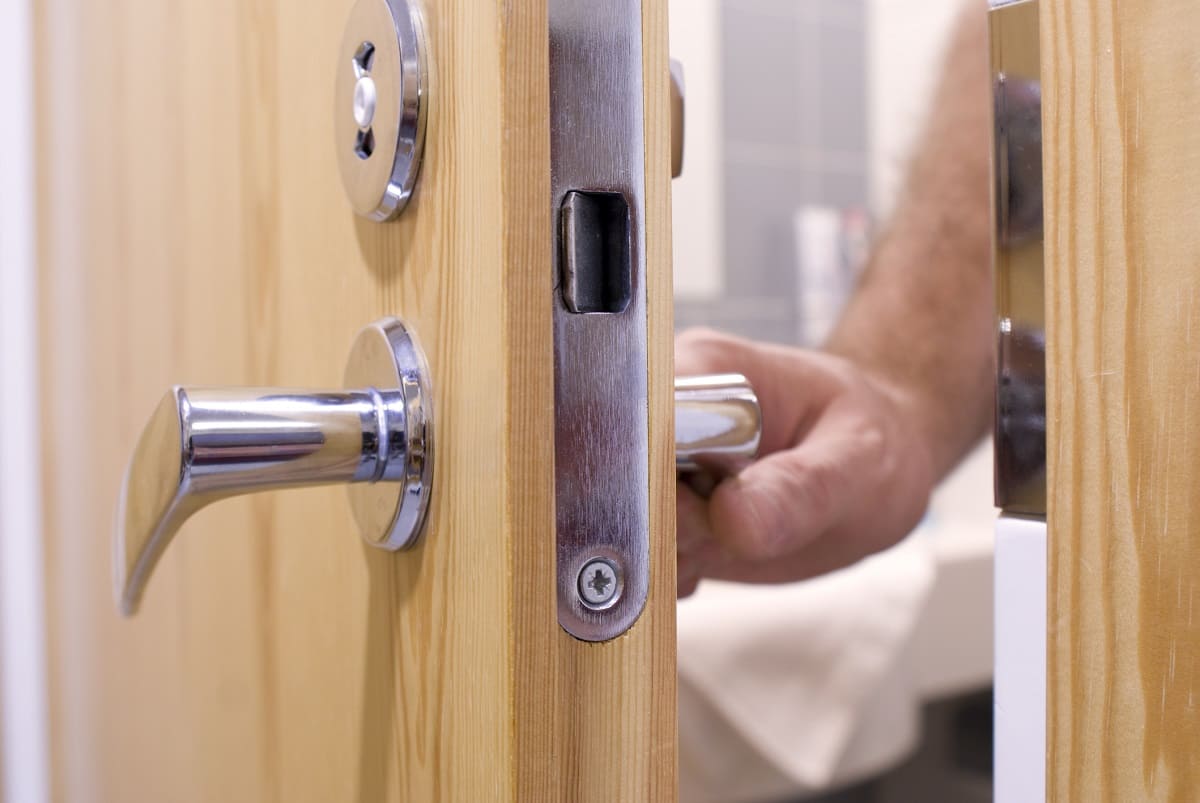
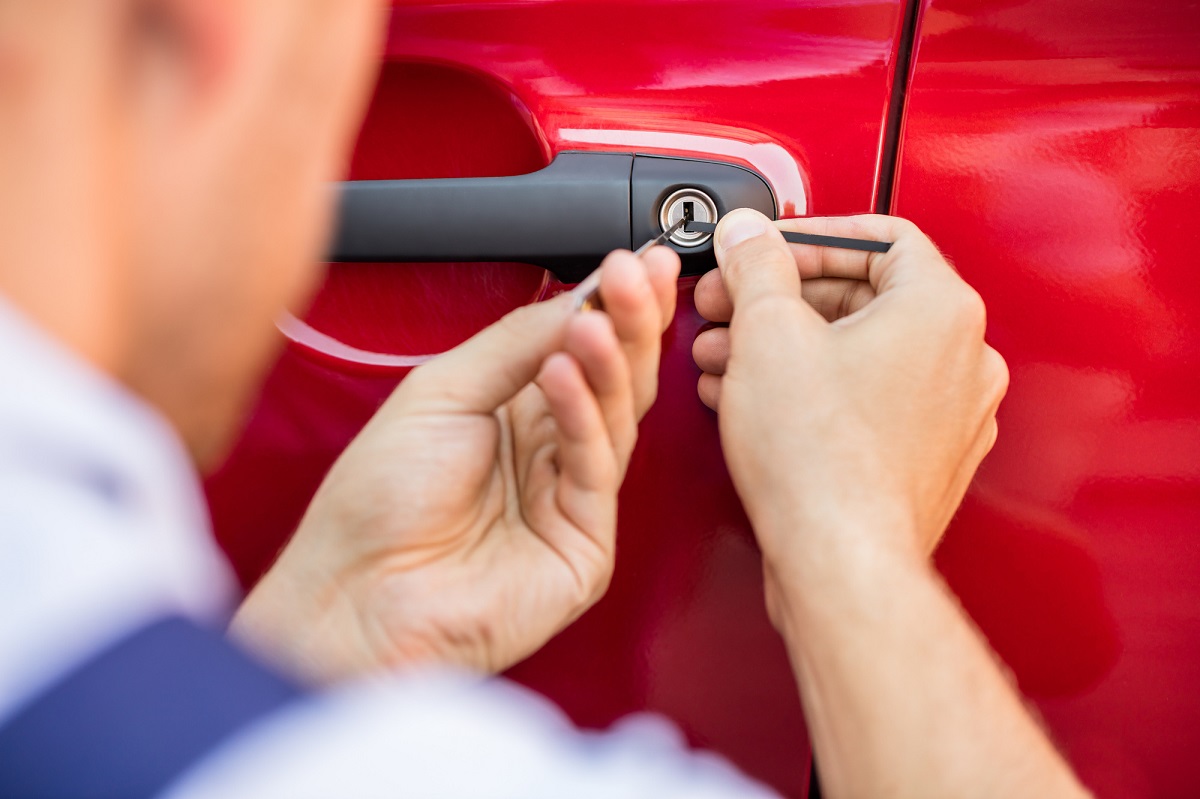
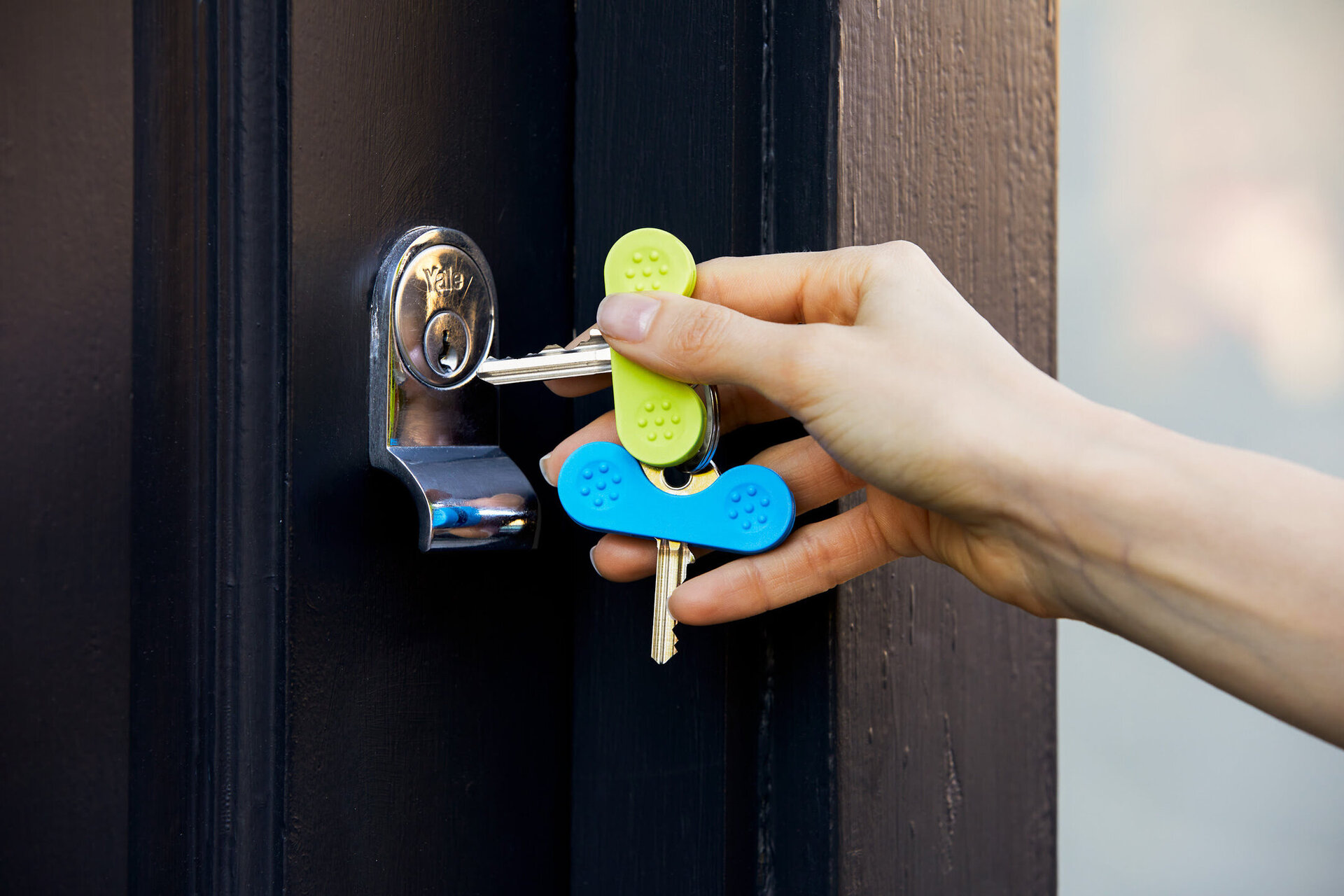
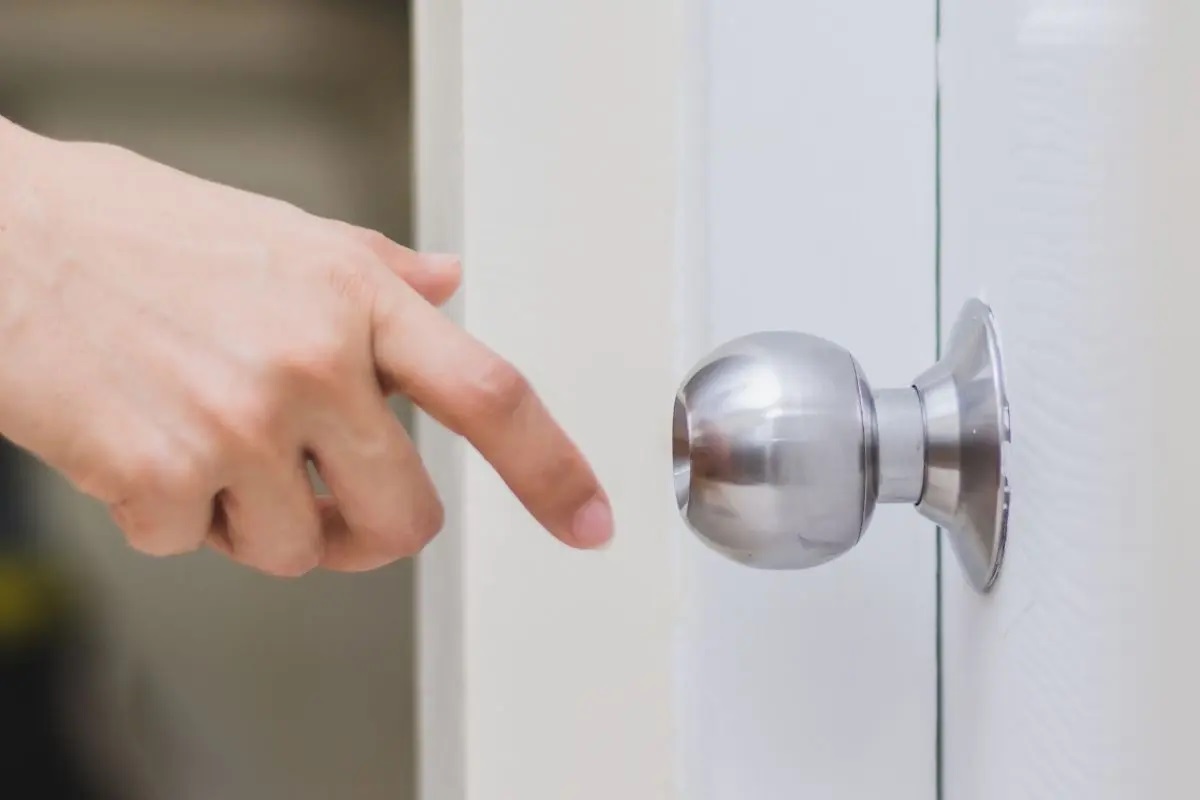
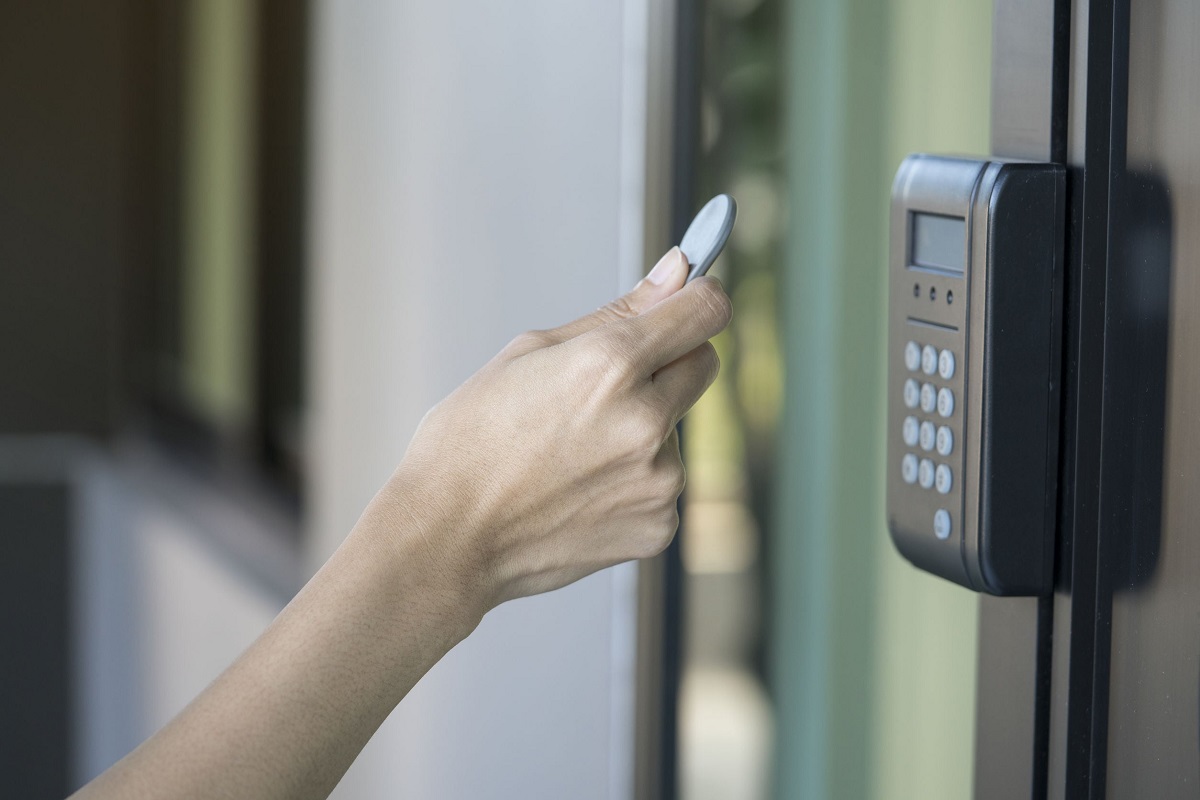
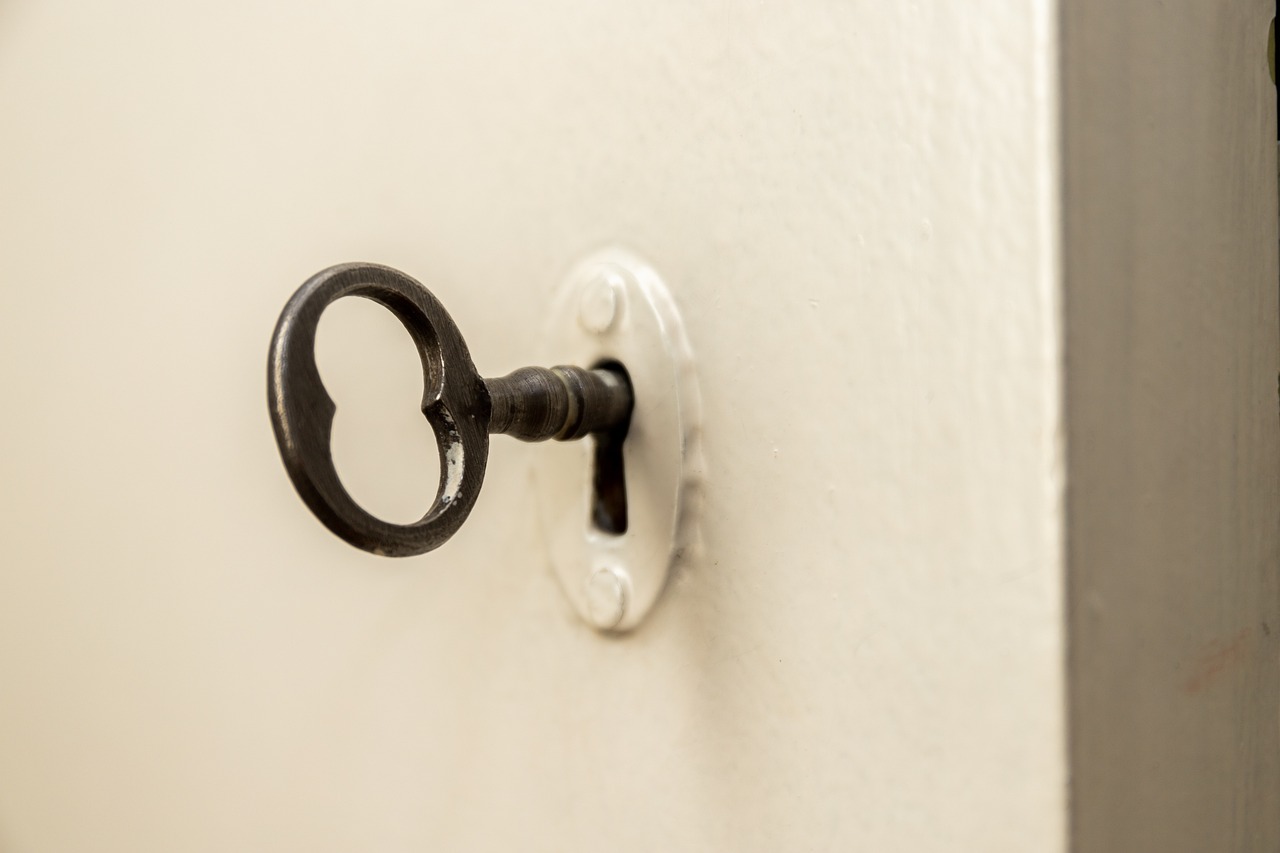
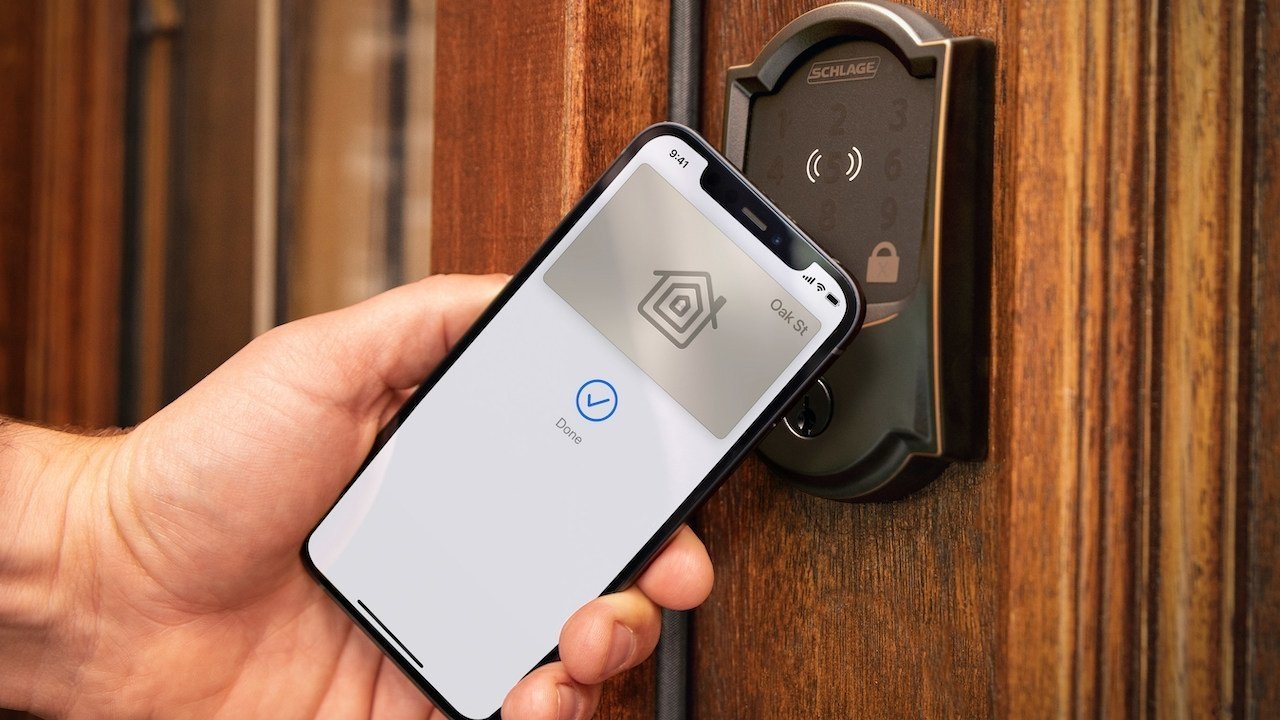
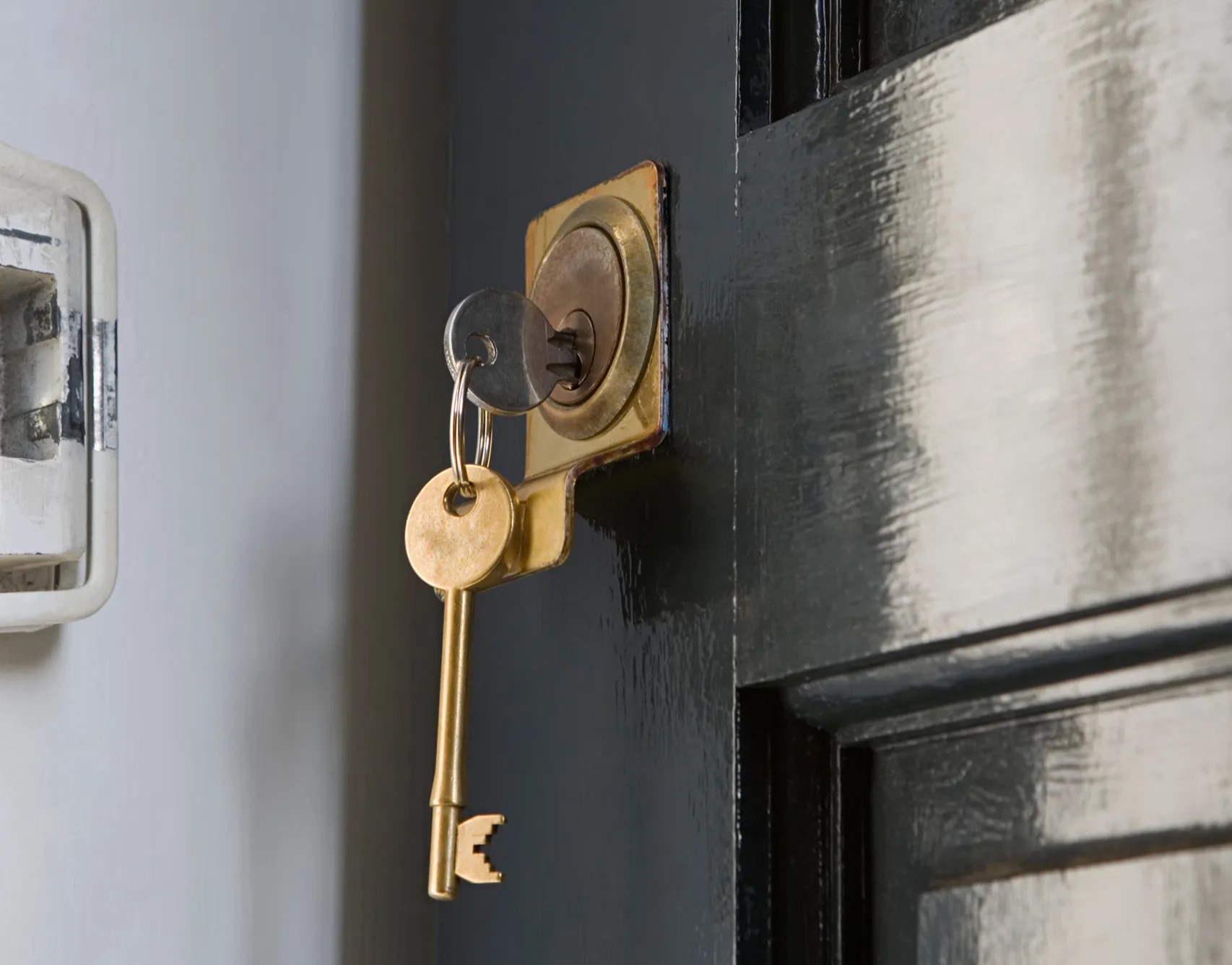
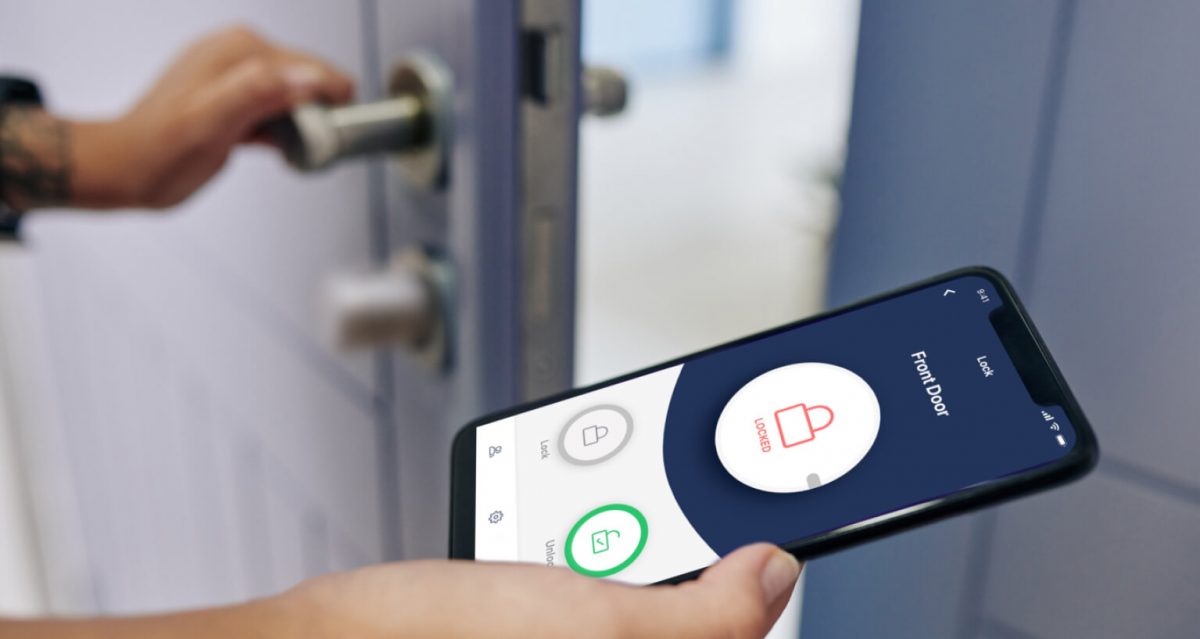
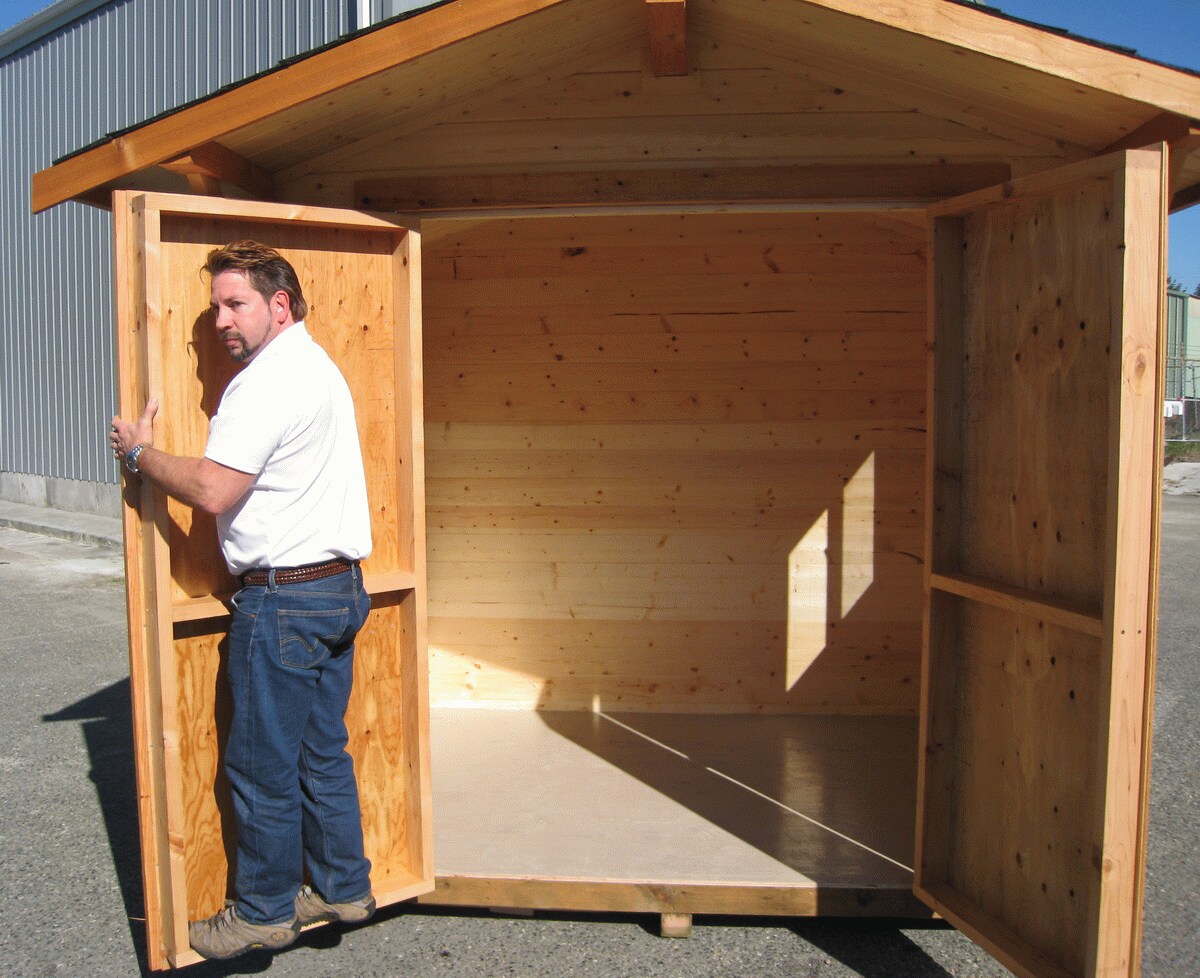
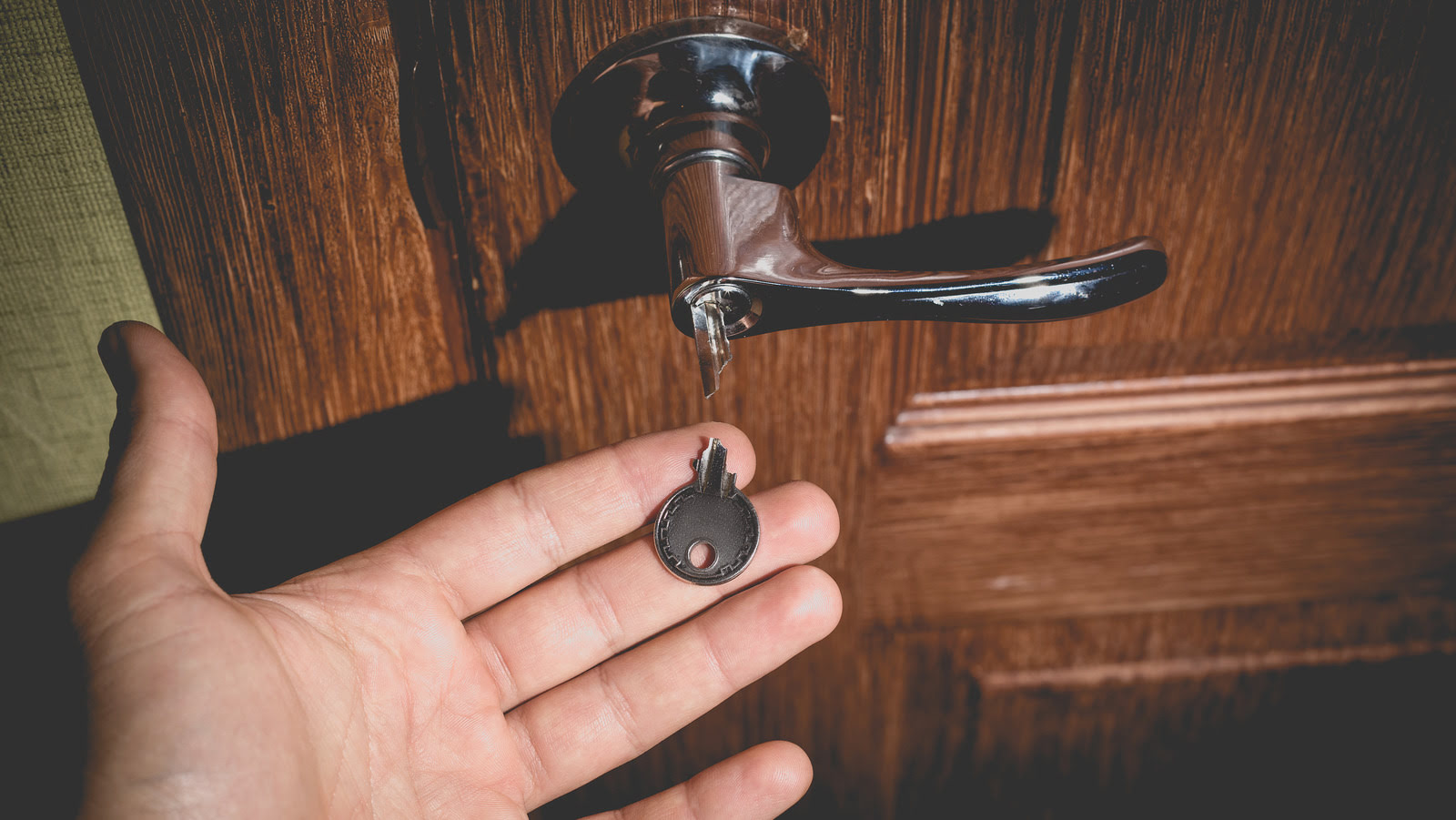

0 thoughts on “How To Remove Door Lock Without Key”